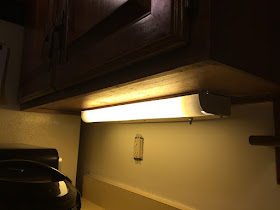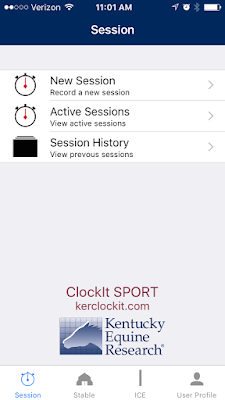One of the best things about horses, for me, is how they force me to develop certain qualities.
For one thing, horses do not cope well with equivocation. They want clear, firm direction. They want steady commitment. They don't do that whole "well, I dunno, what do you want to do?" conversation well at all.
I think that's something that so many people who have those "that one time I rode a horse, he bolted/bit me/flipped out for no reason!" stories just don't get. Horses are generally very clear in their communication. You just have to pay attention. Learn to read them, and you can see something coming from a mile away. (Which, ok, is not to say that sometimes they don't flip for no reason - but that is the definite minority of instances.)
see, for example, a horse that is unhappy with literally everything in his life in that moment.
So in order to become a person who works well with horses, I have had to develop those qualities: be clear, be decisive, be firm. I'm not great at them yet, but I am lightyears better than I was. I think it's one of the reasons that horse people are often difficult (from society's point of view) to get along with. People who are in deep with horses, and who relate really well to horses, are often blunt, straightforward people who don't always have patience for the you-first-no-wait-what-now dance that society values. Oftentimes, they're women, for whom being blunt, clear, and not wholly sympathetic is considered a negative.
Here's another thing: horses teach you to be still and to wait.
I suck at this. I am a person who wants to practice frenetic energy in all that I do. I multitask, cubed. I need a million projects. I need to fidget. I need to constantly poke at things.
But I'm learning. For me, the epitome of this feeling lies in the perfect half-halt: that quiet, still, gathering, that moment when you communicate a complicated idea to a horse that you should
hold, wait, be still. I think of a good half-halt as a spot deep in my stomach, in my core, that for one split instant contains everything and makes everything possible as a next step.
The more obvious, outward example of this is the ability to stay the calm center of the storm, to hold your body and your mind still when shit is going down. You can do it from the saddle, riding a buck or a bad moment. You can do it on the ground when you're dealing with or approaching a horse that's frightened or cartwheeling around on a longe line. Horses
need that. They can read us way better than we can read them. They see our tension, they see our fear, and they feed off of it. But they can do the reverse, too. They can see a person who has let tension drain from their body, who is holding still, who is waiting quietly, and they respond to like with like.
Last week, I took the dog for a short hike down a rail trail near our house.
alerting very hard to something I never did see
I love my dog, but she is not always easy. She is fast, strong, and very tricky to keep focused. She is not great on a leash, but she is absolutely forbidden to be off leash except in enclosed areas. She bolts, instantly. Her recall is not good; she simply doesn't have the self-discipline to have it nailed down yet.
So on this beautiful, sunny day, we went about three miles, and on our return, when we were about half a mile away from the trail head, which was on a very busy road, she took a flying leap off the trail into a muddy ditch. She loves splashing in mud puddles. She was flailing around, sprinting back and forth, and then all of a sudden she was no longer on her leash.
There was no tug, no warning; she wasn't even at the end of her 30' lead. One second she was frolicking, the next she was a brindled blur and the next second she had vanished into the trees.
I ran forward down the trail, yelling for her. She reappeared out of the woods about twenty yards down the trail, crossed the trail, and then disappeared into the woods on the other side of the trail.
Between the moment when she first got loose and I panicked and the moment she crossed the trail again, I fell back on those horse instincts. I could feel my body grow still and quiet, and time slowed down. I saw that when she had crossed the road again she was actually angling in my direction. I saw how amped up she was, and knew that she loves being chased.
I jogged a little bit further in an unhurried way, watching the brush where she'd disappeared, making noise so she knew I was there, and then paused, waiting, called her one more time - and she exploded out of the brush right toward me and flung herself down at my feet.
I grabbed her harness instantly with a shaking hand, twisted my hand around a few times so she'd have to pull it off to get away again, and praised her to the skies, fed her half the treats I had with me.
The harness (her ususal Ruffwear) was in perfect shape. The leash was in perfect shape. The hardware wasn't twisted in any way. There were no tears or loose spots. There was no earthly reason for the leash to have separated from the harness, but it did.
If I had panicked, she would've thought it was a game, and kept running. In fact, she did that once before, two years ago, the first time she slipped her leash (and her collar; it's why she only goes in a harness now). But because Tristan - and the other horses I've learned from - has drummed into me that need to be still and wait, I caught her less than two minutes after she bolted.
Hopefully, I'll keep working on those lessons. They've served me well.























































